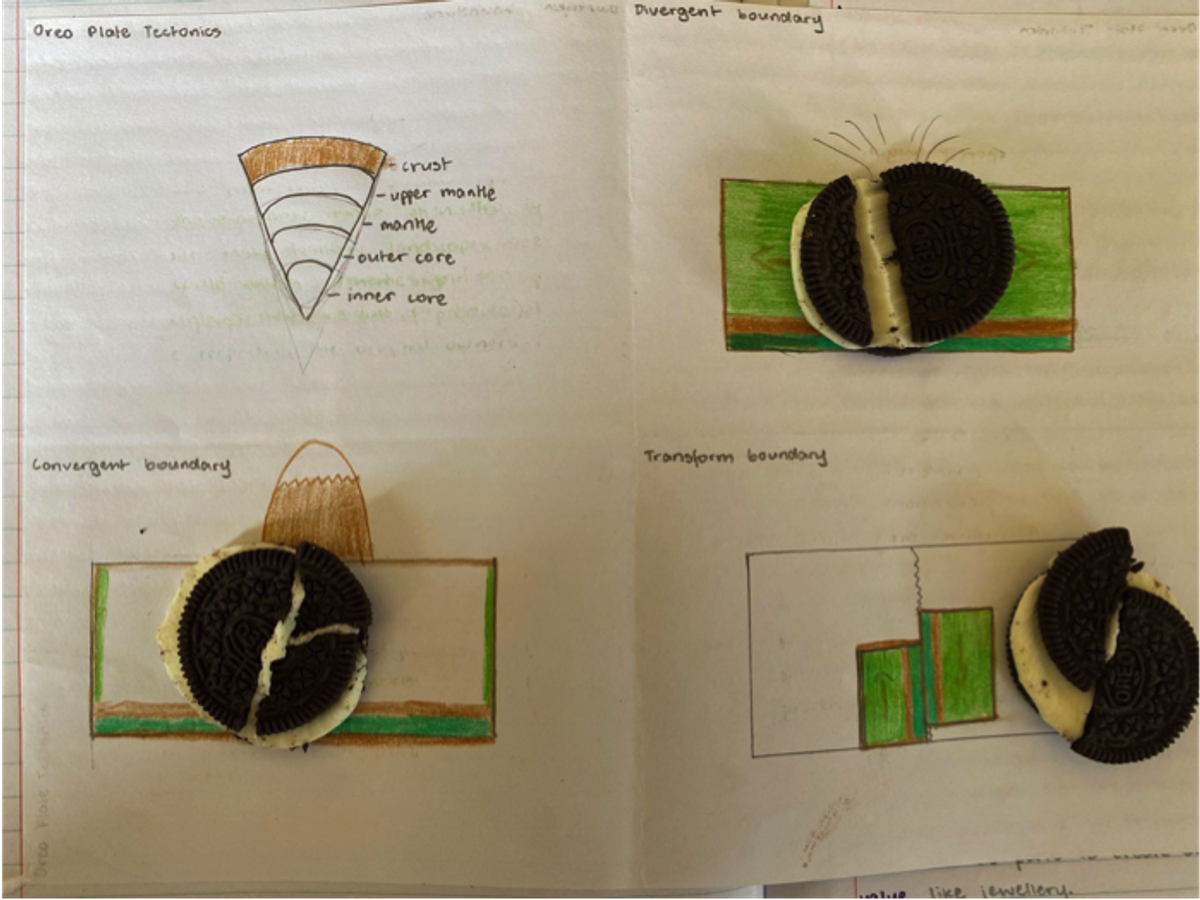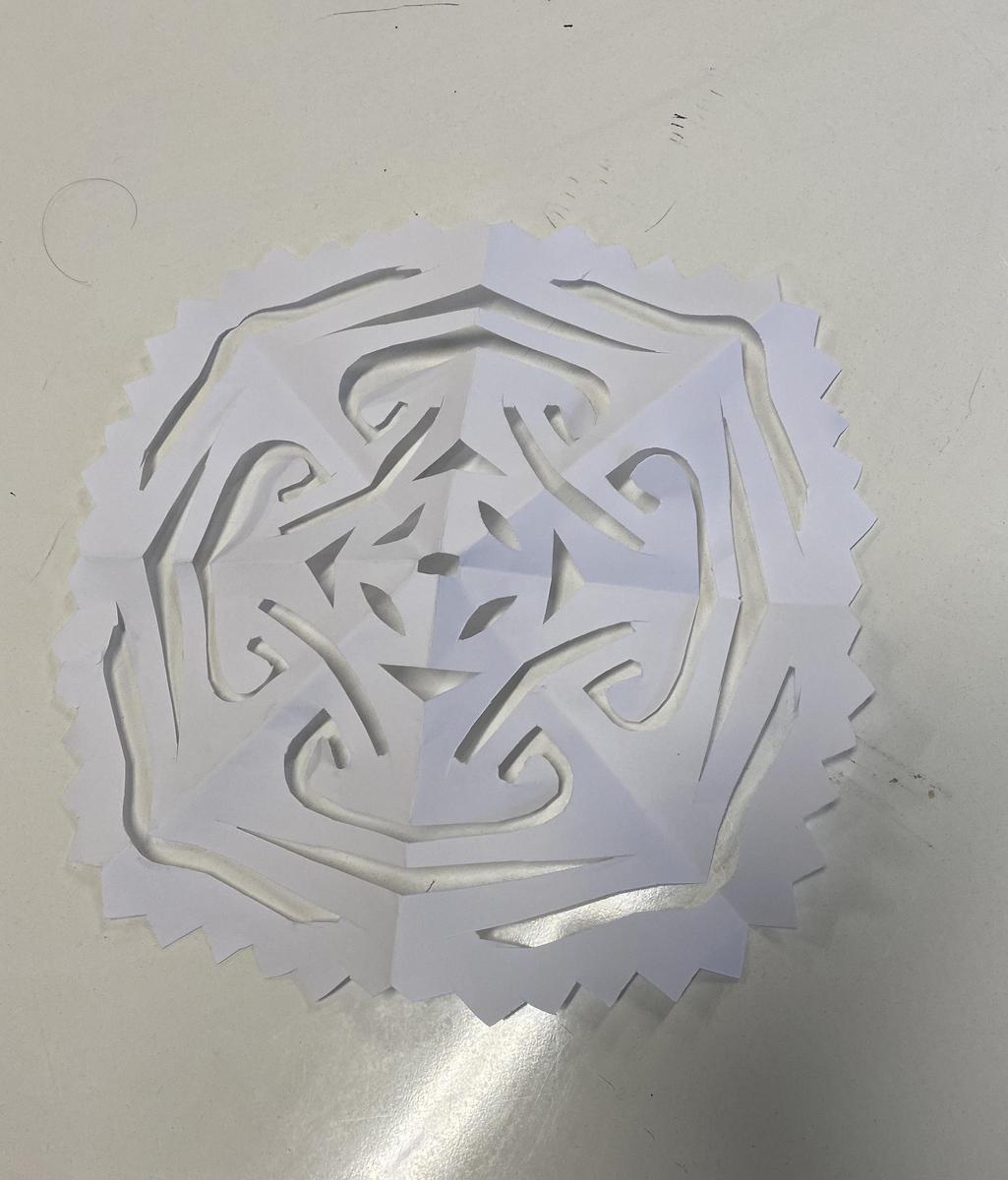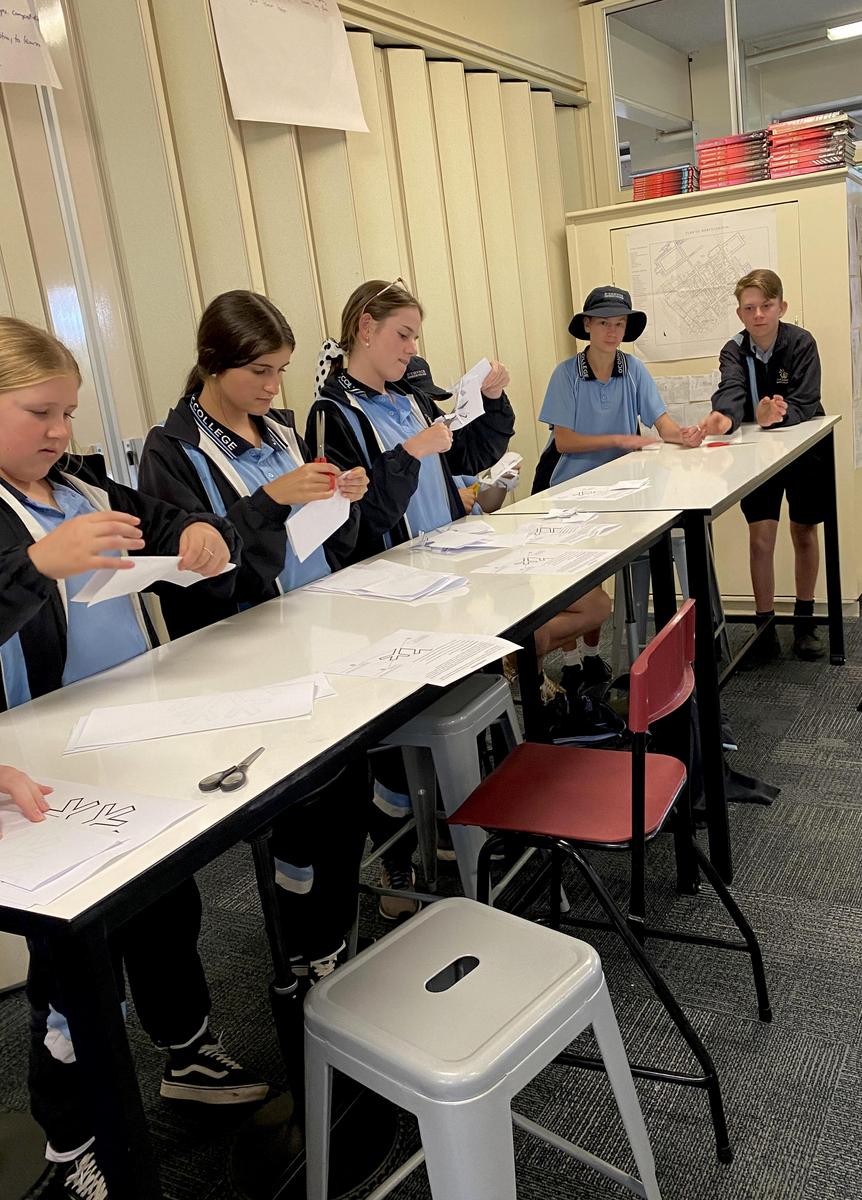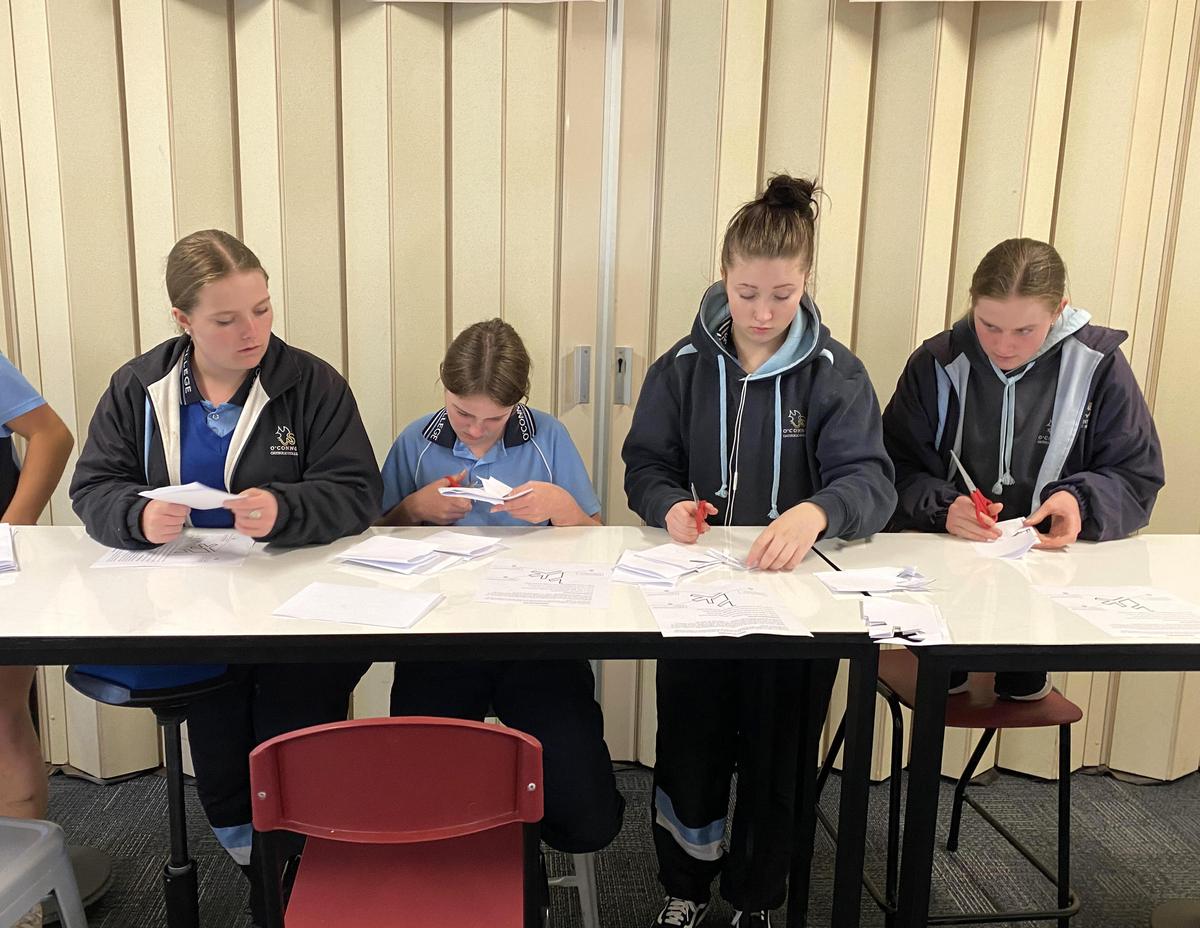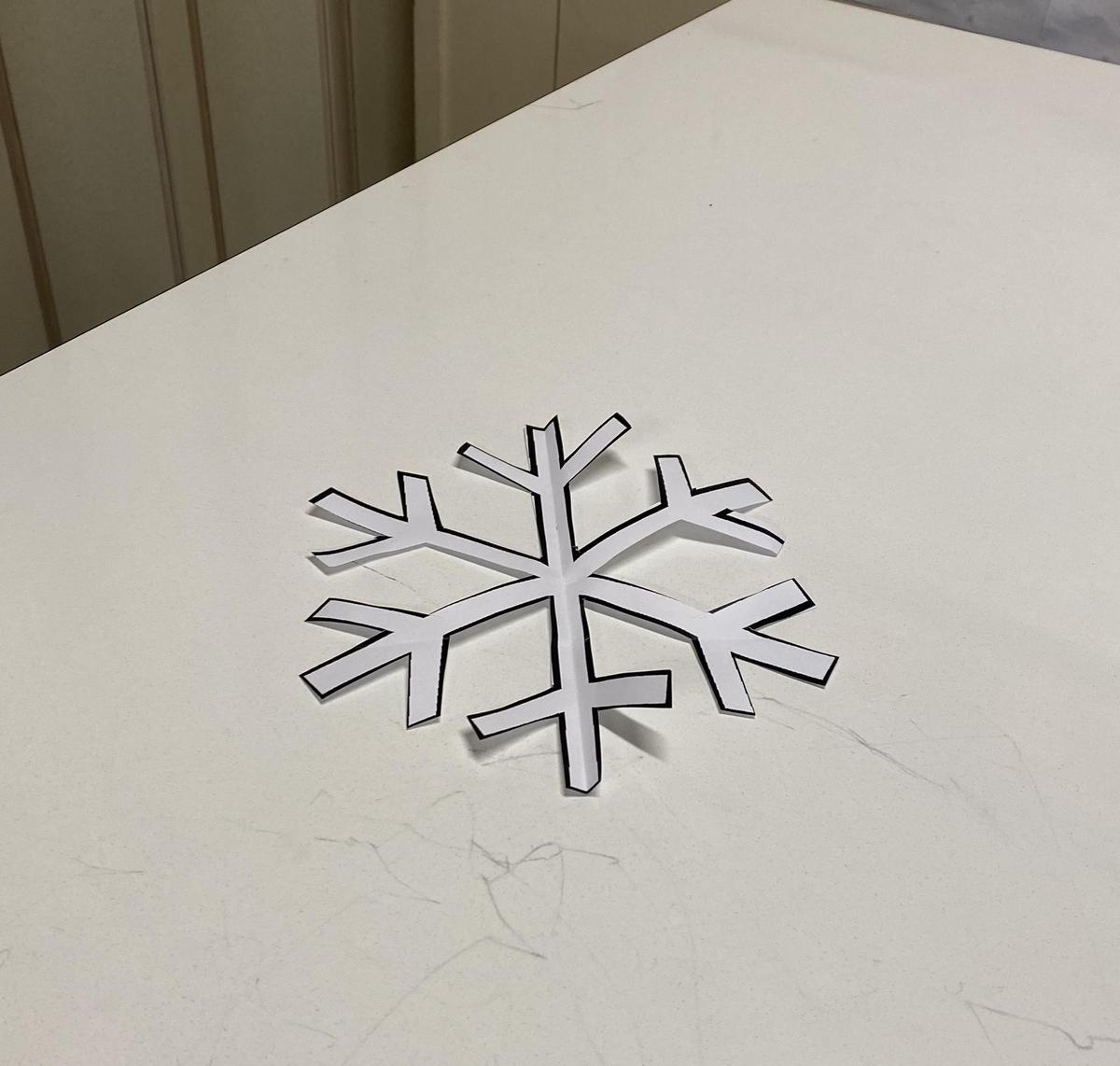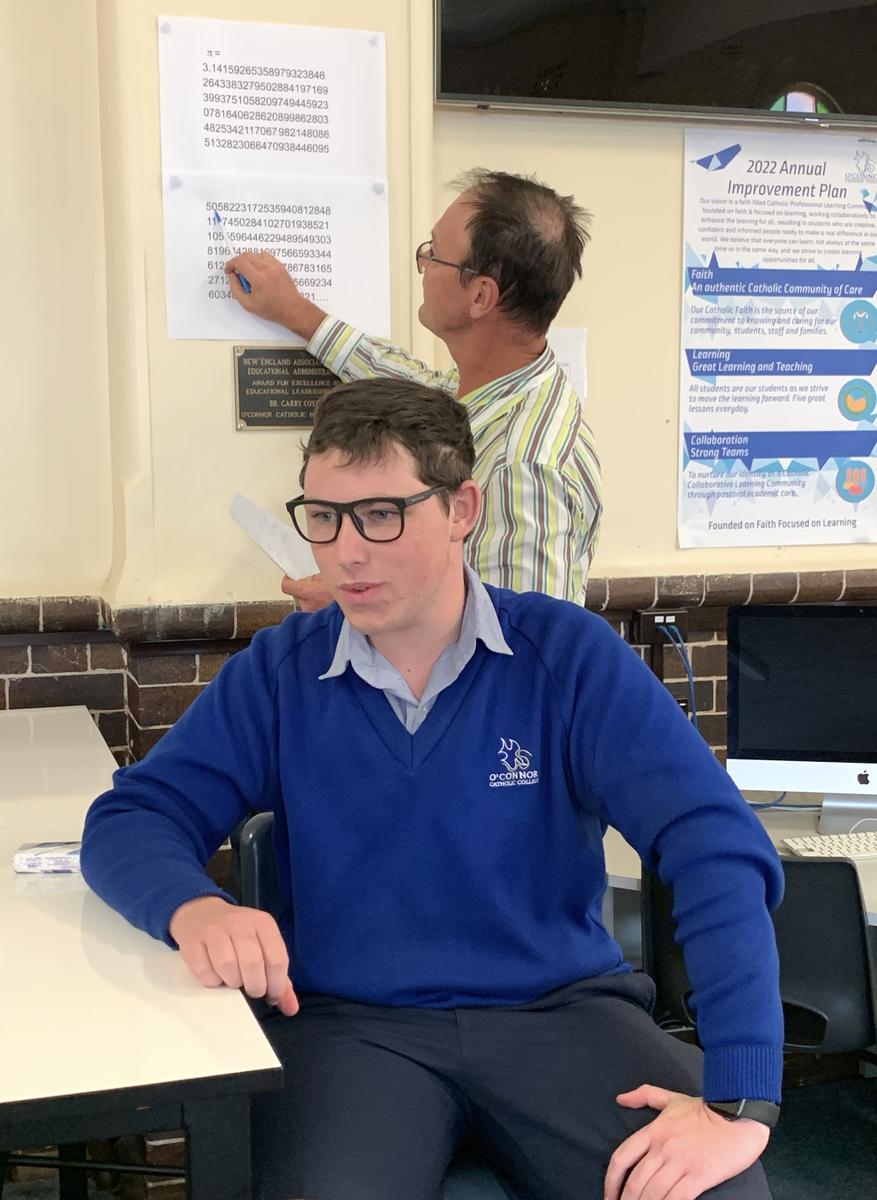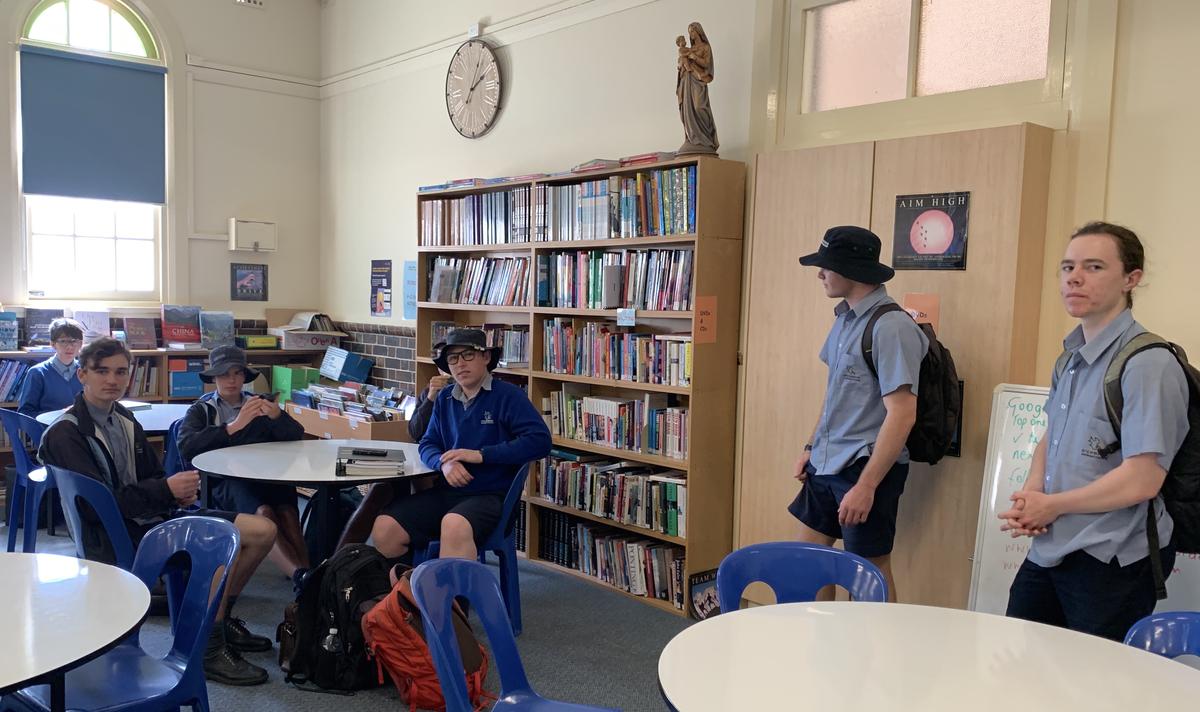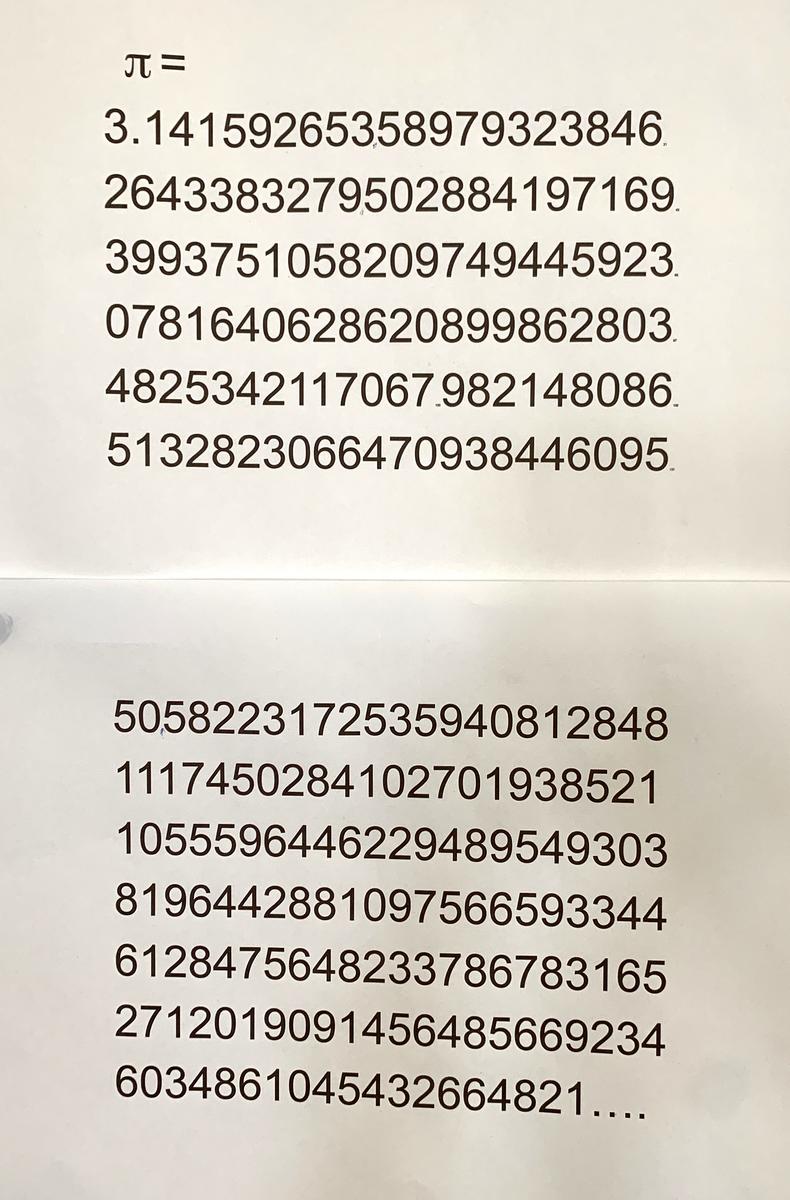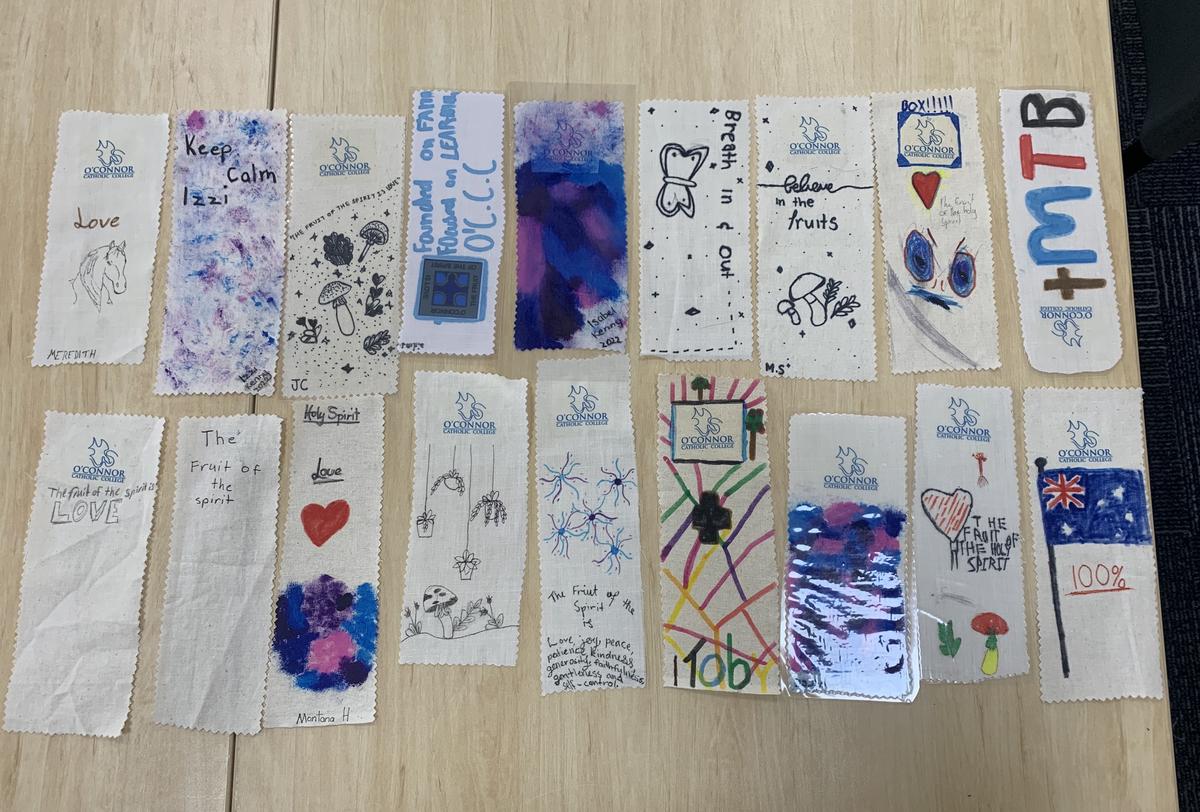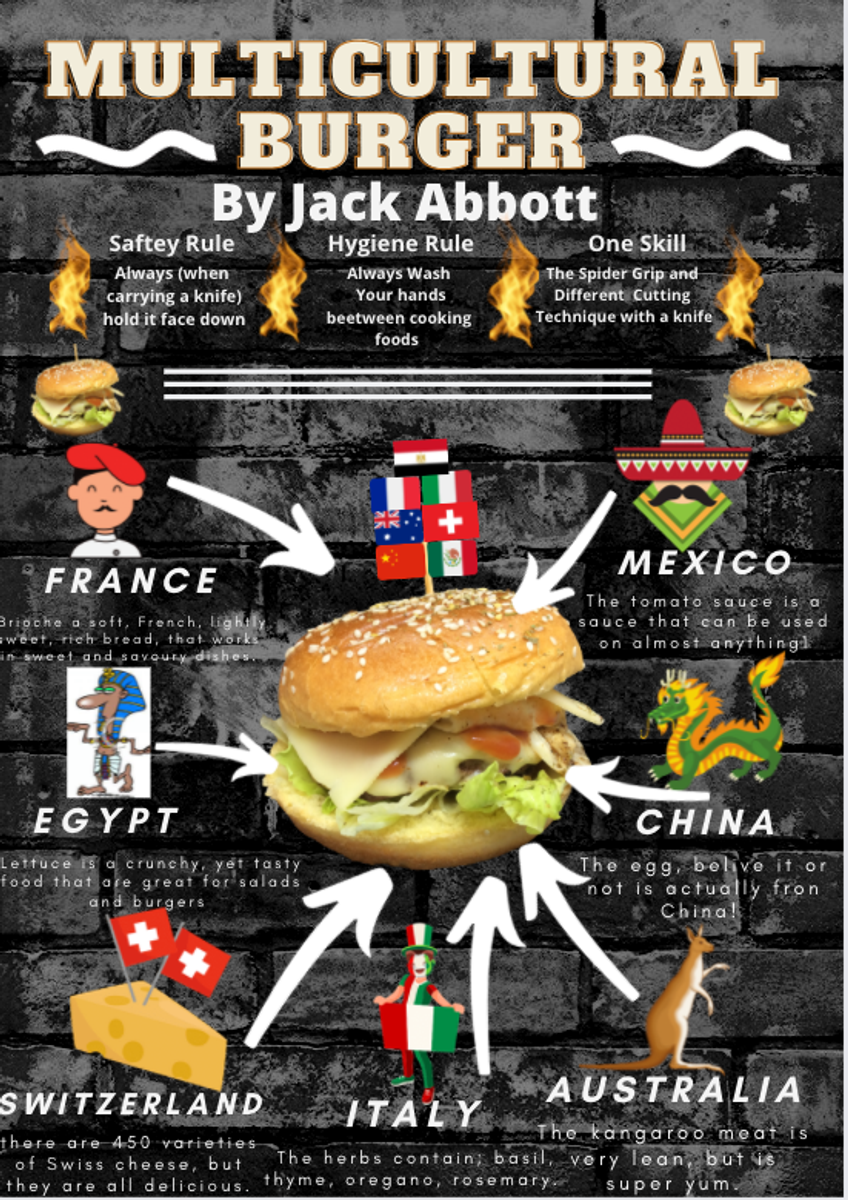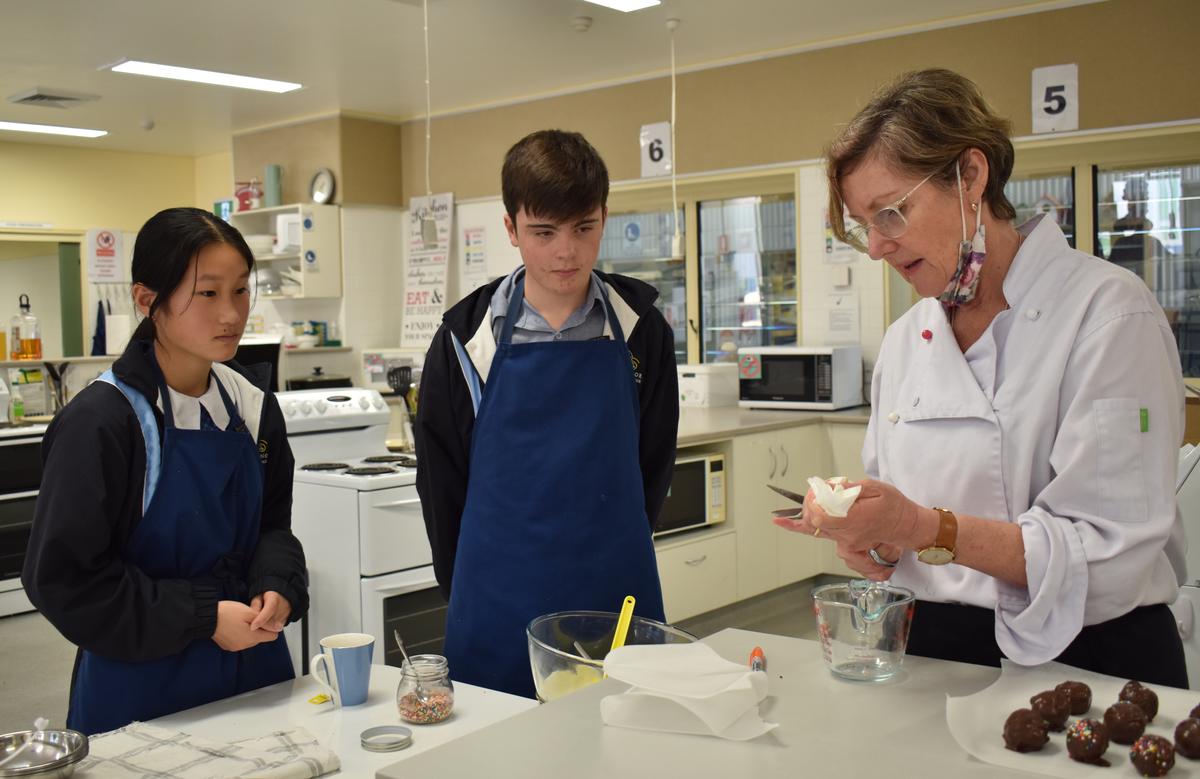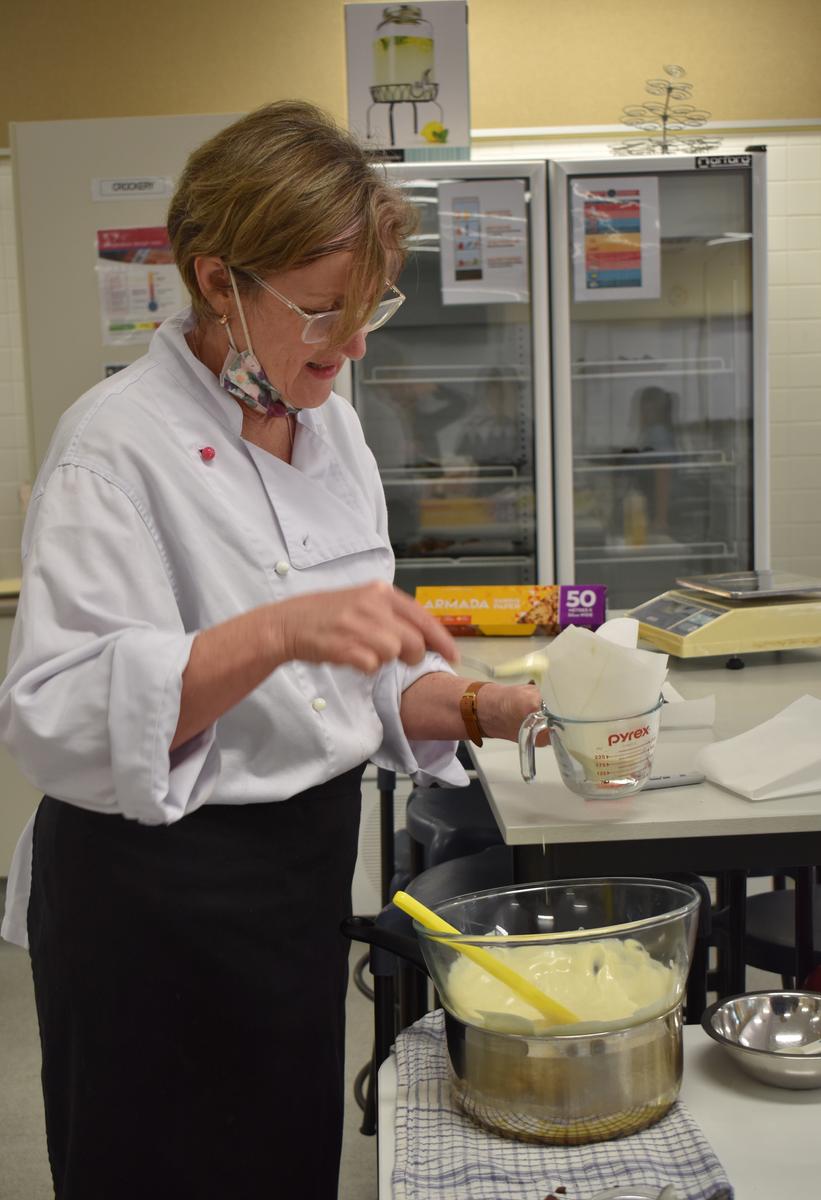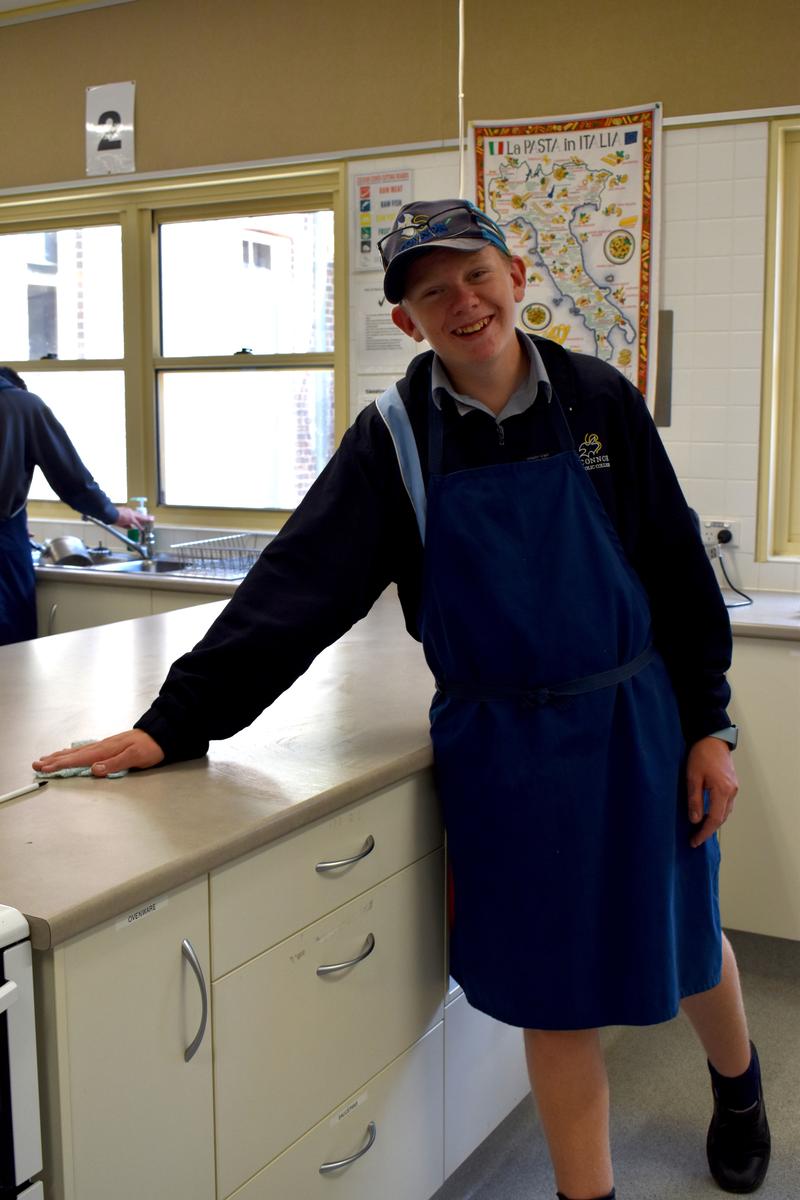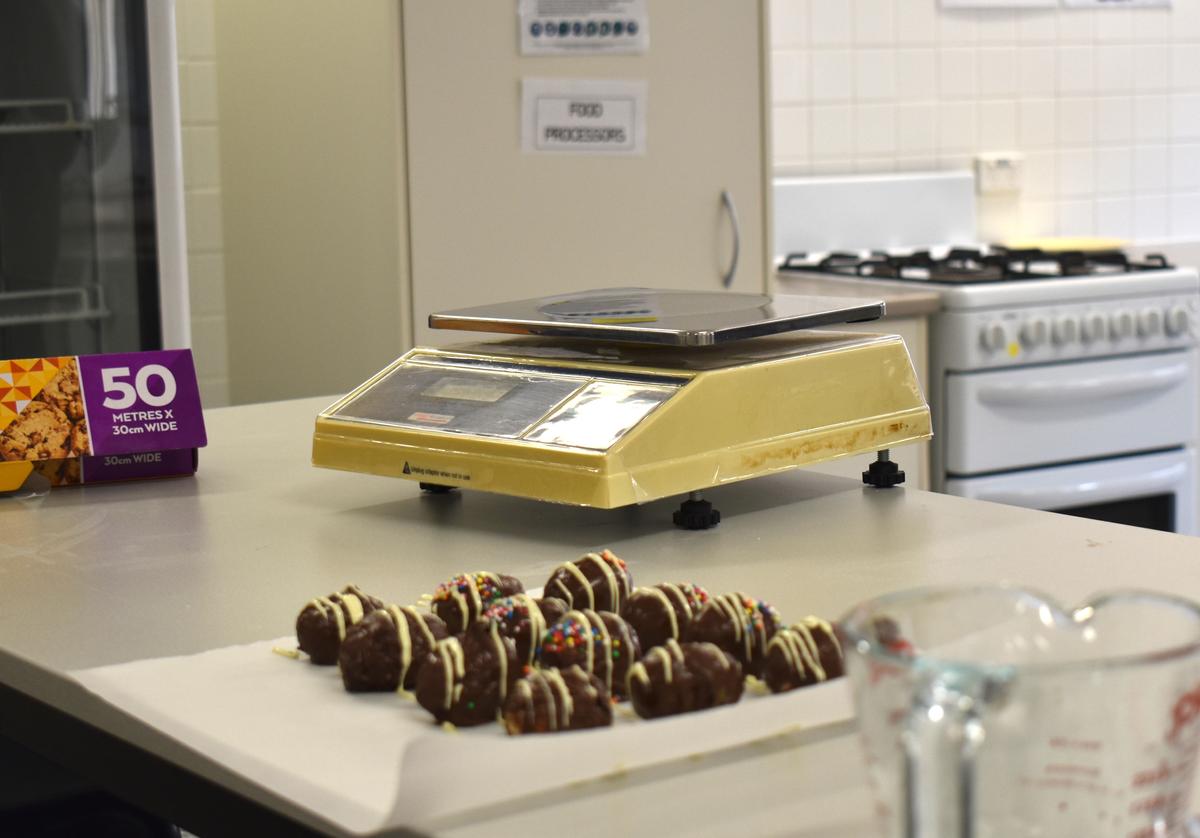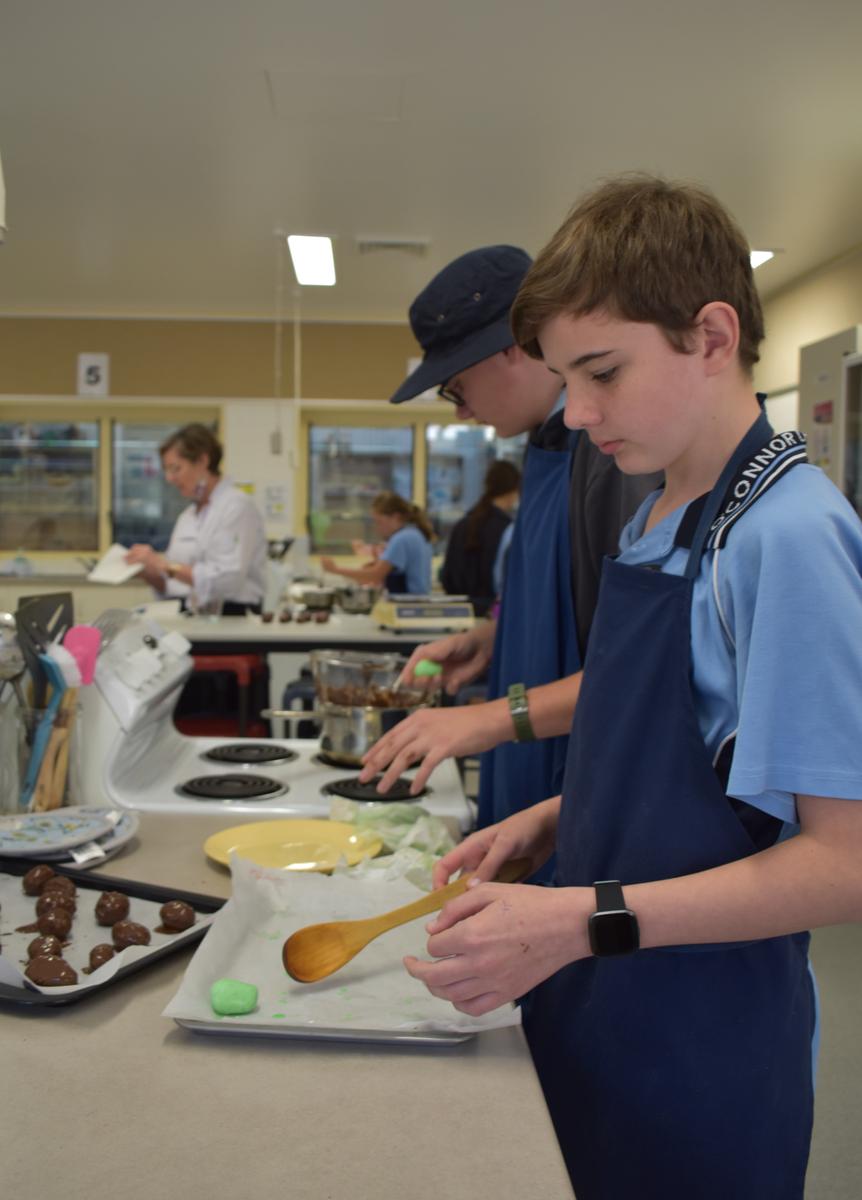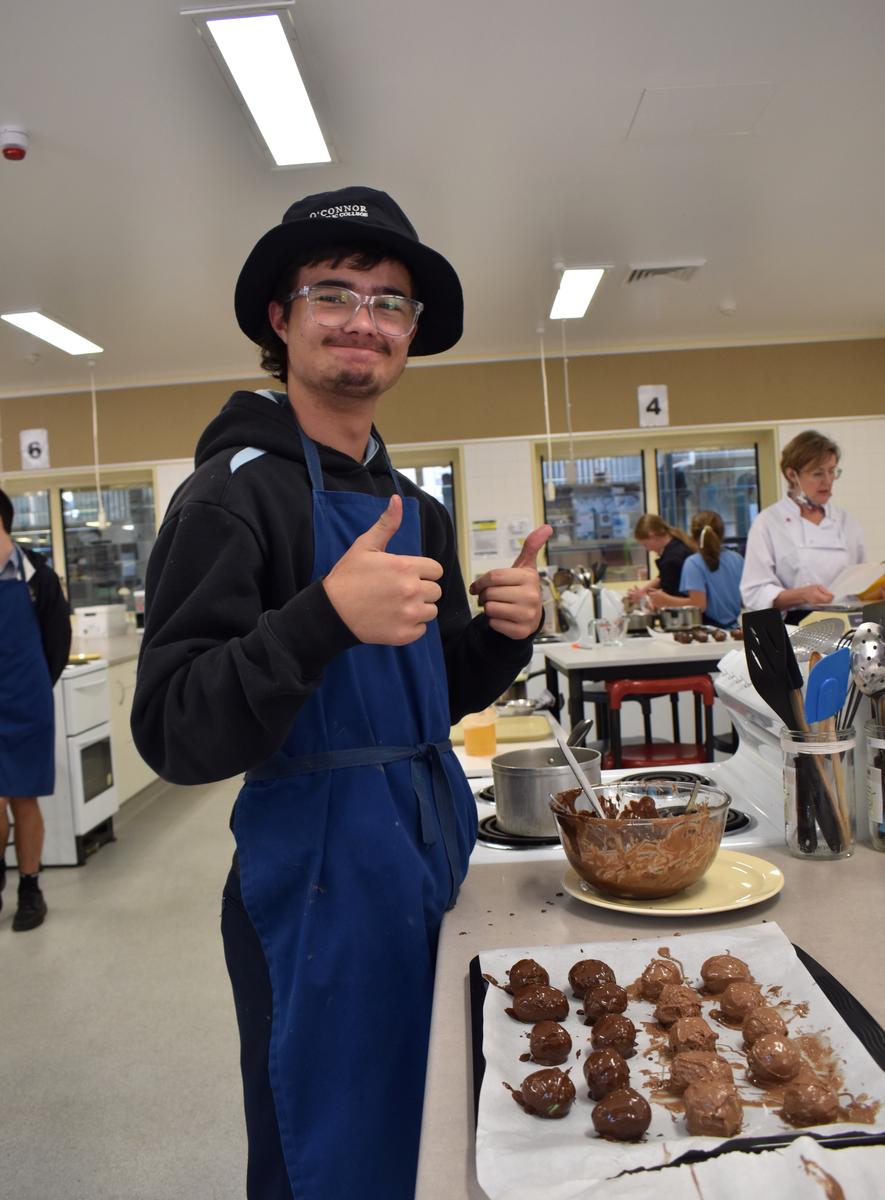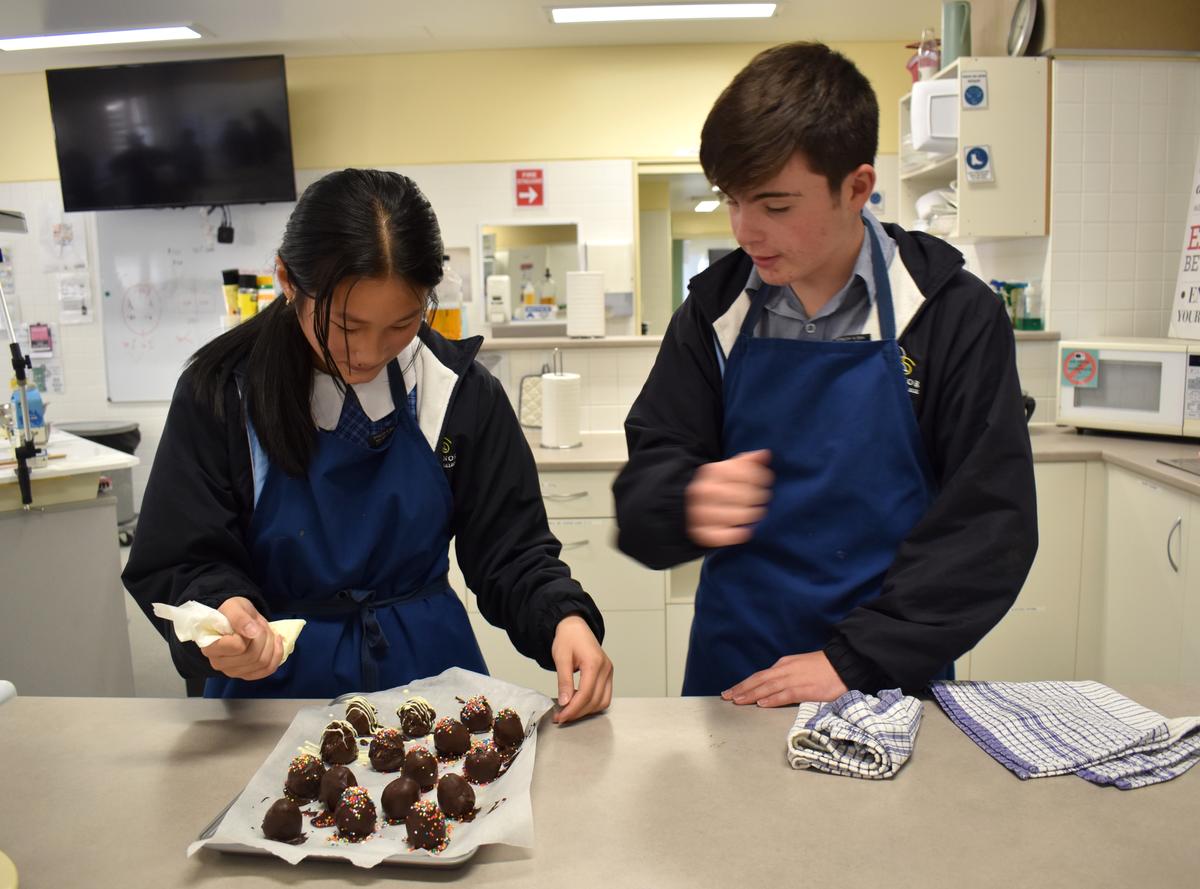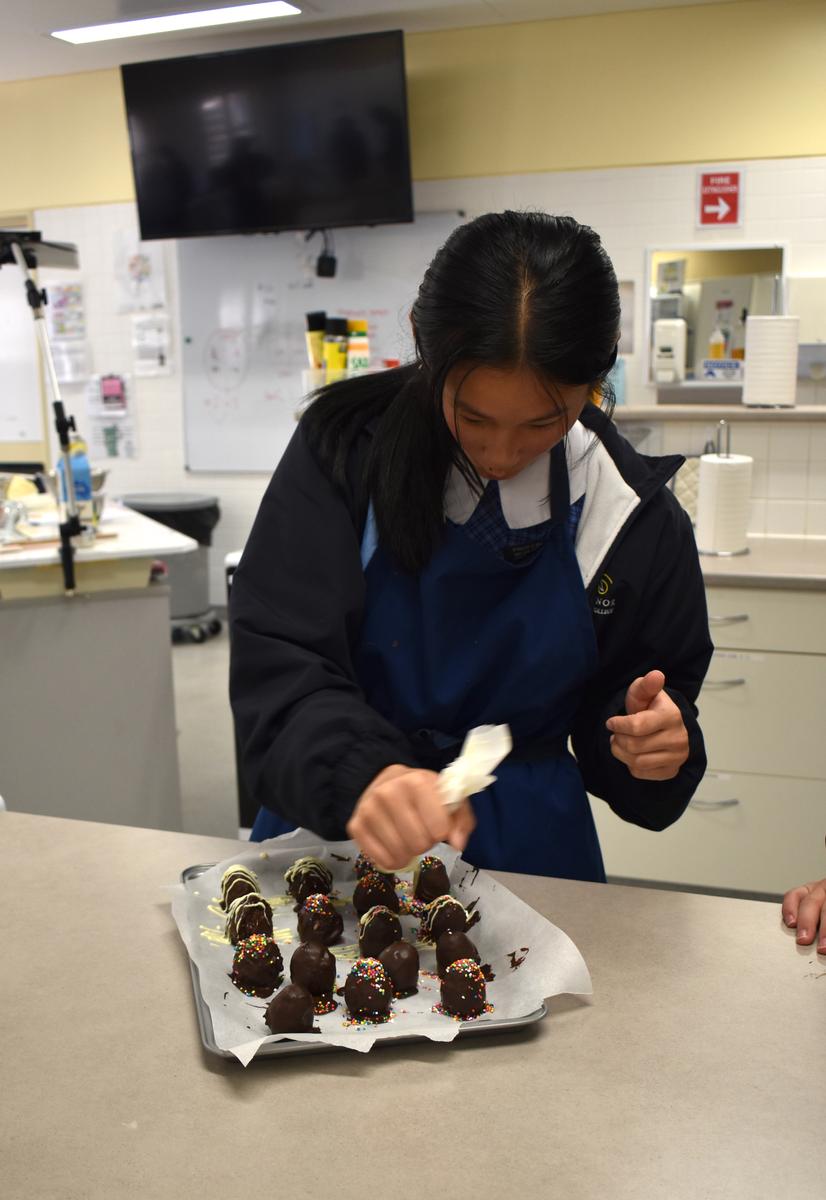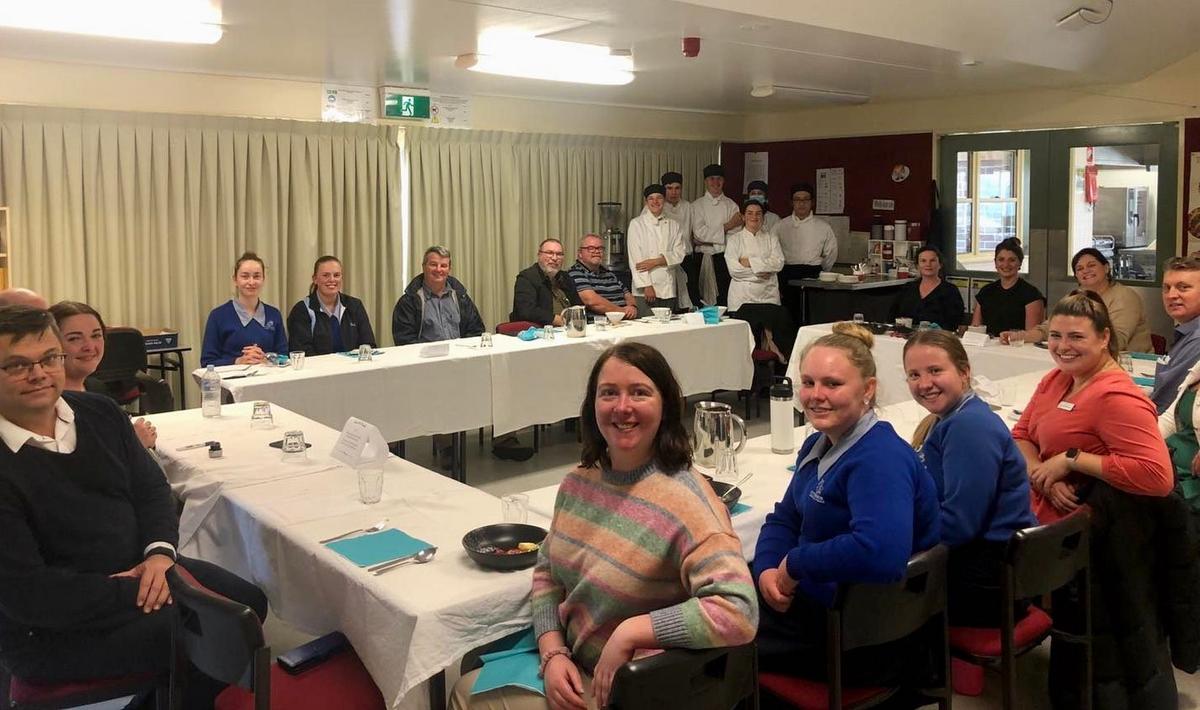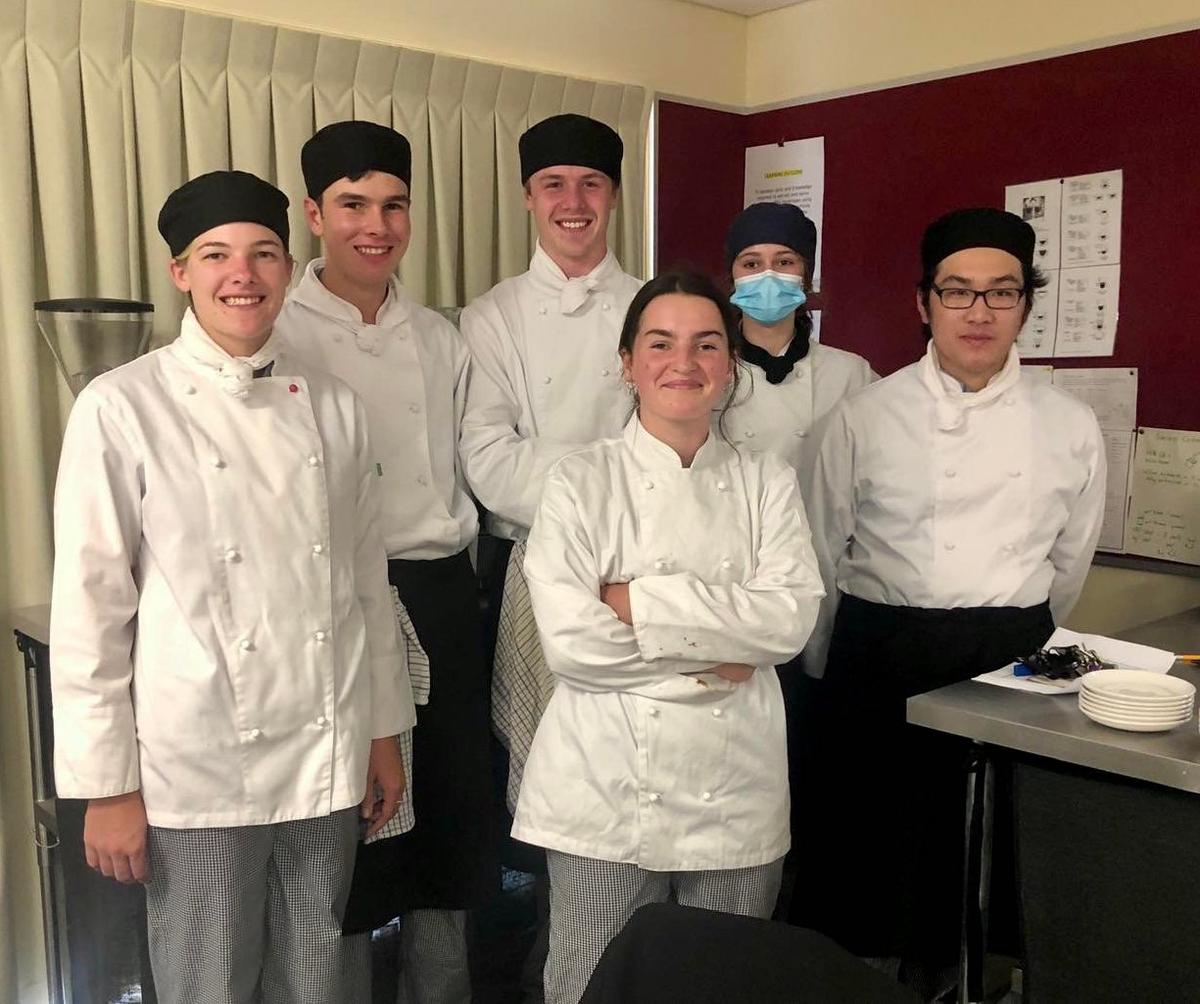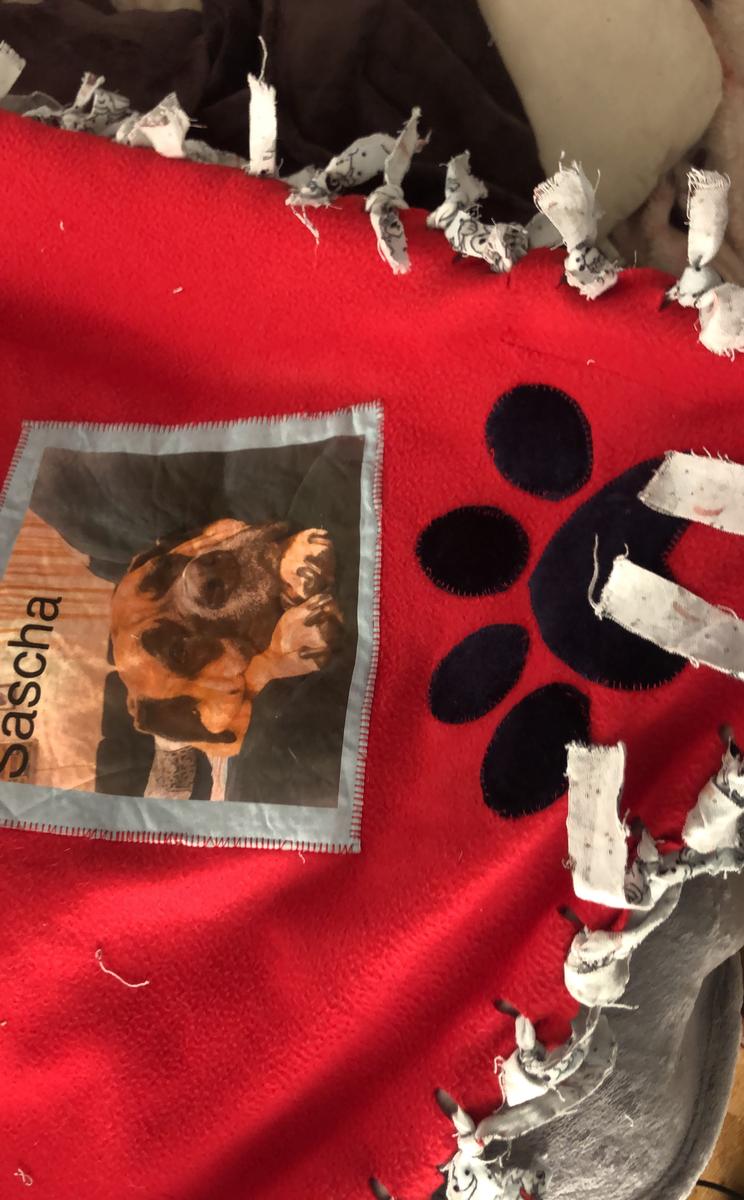KLA News
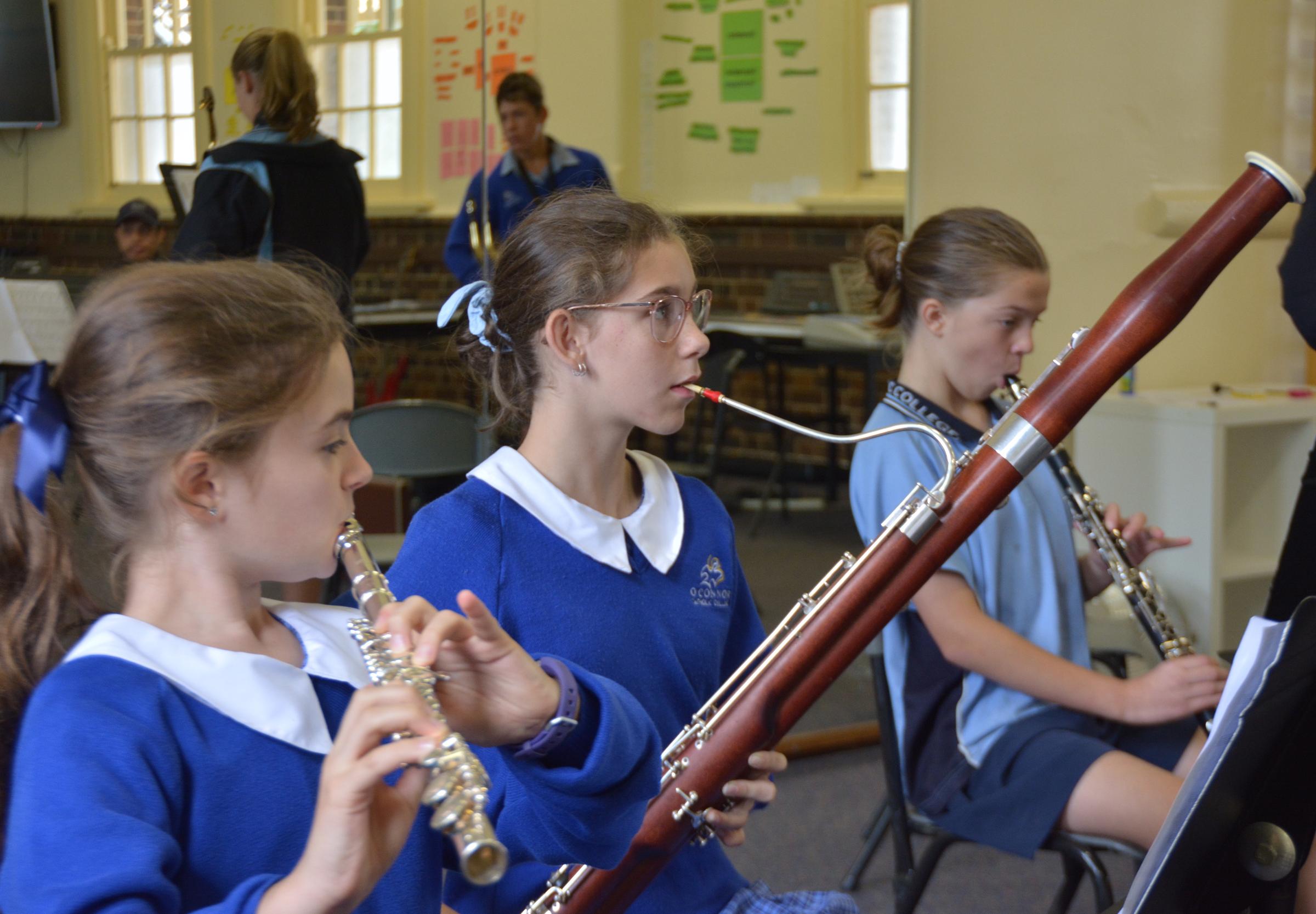
This fortnight's roster includes news from HSIE, Mathematics, PRAXIS, RE and TAS.
HSIE
Mrs Cherie Stoessel
Year 7
Students in 7HSIE3 recently undertook a delicious study focused on the movement of tectonic plates. Students utilised oreos to represent the layers of the earth and recreated the movement of plates, paying close attention to what happened to the “cream” of their oreos/the upper mantle of their layers, to determine the different impacts these movements can have.
In 7 HSIE (4), students made origami models to represent the movement of tectonic plates and the results of these plate boundaries.
Students thoroughly enjoyed these hands on (and tasty!) activities and should now be able to explain to their families what divergent plate boundaries, convergent plate boundaries and transform plate boundaries are.
Year 9
Students in Year 9 are completing their learning about the Industrial Revolution and the changes that this period in history made to peoples lives, towns and cities. In particular they have learned about factories, and the use of child labour in mills and mines. Factories introduced production lines where workers were responsible for completing only one part of an item. This was an enormous change to the cottage industries in which specialist workers made items of good quality.
9HSIE2 recreated both cottage industry and factory line manufacturing demonstrating the difference in the quality of goods produced.
Students were then given the opportunity to reflect on their learning: Specialised workers were capable of doing a much better job, producing higher quality products - this would have been the case during the cottage industry when people were working from home to sustain themselves.
Unskilled workers, like those in the factories, earnt very little and worked in poor conditions - loud, crowded, high risk of being let go.
This Term in year 9.4 HSIE we have been studying and analyzing the Industrial Revolution of the eighteenth and nineteenth centuries. We have looked at the way the Industrial Revolution affected the world and the people involved. The Industrial revolution was a time period from the 1700s to the early 1900s where dramatic changes occurred around the world in many different industries, such as textiles, warfare, travel, and the everyday life of people. One of the most beneficial changes was the discovery of anesthetics and antiseptics. This allowed doctors to be able to operate for longer and in safer conditions. This topic gave us a lot of insight on what our lives would have looked like if we lived in this time period and the changes that were made to our world as the result of the industrial revolution.
By Amy Beard and Erica Menzies
Excerpt from an extended response task:
The industrial revolution made a massive impact on the way wars were fought from 1780-1900. The weapons were made stronger, more accurate, easier to reload, the list goes on. In a medical sense they had more people surviving surgeries, operations were done while people either were affected by anaesthetic or to sleep. The transport industry made huge advances like the steam engines, the materials of the vehicles.
The invention of the railroad and the steam powered locomotive opened up a whole new world in transportation. Now trains could travel wherever tracks could be built. Transportation was no longer limited to rivers and canals. Starting around 1830, railroads began to be constructed in the eastern part of the United States. Soon they stretched across the country with the First Transcontinental Railroad completed in 1869. This meant that soldiers, their materials, ammunition, food could all be transported to a depot right near the battlefield. It also meant the soldiers didn’t have to walk to combat.
The Industrial Revolution was the engine behind various advances in medicine. Industrialization allowed medical instruments (such as scalpels, microscope lenses, test tubes, and other equipment) to be produced more quickly.
Jackson Riggall
Year 10
In HSIE this term we have been exploring the Rights and freedoms of people all around the world and how they have developed through history. Examples of this include the Role of the Catholic Church in Human Rights, historical and modern Slavery, the US Civil Rights movement and the Aboriginal civil rights movement. Currently we are working on the US and Australian Freedom Rides from 1961-1965 where a series of political protests against segregation and the mistreatment of people of Colour, were held by blacks and Whites who rode buses together through the American South and in Australia through regional towns such as Walgett, Gulargambone, Kempsey, Bowraville and Moree.
<Photo>
Caption: Year 10 students completing a ‘sound trail’ activity, learning about the 1965 Freedom Ride protest outside the Moree Artesian baths
Mathematics
Mr Mark Harris
We celebrated International Mathematics day at O’Connor earlier this term with a series of problems to solve for staff and students.
I would like to congratulate all students that attempted these problems and to also recognise the Mathematicians who successfully completed them.
The prize winners are:
Students: Laura Lidgard, John Harris and Jean Boshoff
Staff : Mr Fittler
The festivities for International Mathematics day culminated in a Pi recital competition which was hotly contested. Special mention to Joel Croft and Lucas Ferris but …..
the eventual winner was Angus Scrivener who successfully recited Pi to 133 decimal places.
Well done Angus! That’s pretty sharp.
PRAXIS
Mrs Jenny Roff
The Year 7 PRAXIS classes have continued their work on FAKE NEWS and have produced class newspapers. Each student interviewed a partner to get some basic facts which they then twisted and manipulated to create a sensationalised story… just like what happens in the real world.
Parents and carers will have the opportunity to read their children’s work in the coming weeks in the YEAR 7 PRAXIS O’CONNOR EXPRESS.
Religious Education
Miss Melita Roache
Year 7RE2 have been learning about signs and symbols in the Catholic faith. The dove was one that we particularly focussed on as it is a symbol we see often in and around our College; on our uniform, letterheads, newsletter, diaries.... The motto that accompanies the dove is 'The fruit of the spirit is love'. This is taken from the Book of Galatians and the extended verse is:
The Fruit of the Spirit is Love, Joy, Peace, Patience, Kindness, Goodness, Faithfulness….(Galatians 5:22)
The Dove is a traditional Christian symbol for the Holy Spirit. At Jesus’ baptism it was in the form of a Dove that the Holy Spirit descended on him. In the Old Testament the dove symbolises innocence and simplicity but mainly Love. It is for that reason it has become a symbol of the Holy Spirit.
With Mrs Channon's assistance, the students transferred the image onto the fabric using heat and then used fabric markers to decorate the bookmark in a way that they wanted. It was lots of fun.
Year 10 Homilies
As part of the unit on The Gospels, students have embarked on a journey to respond to Jesus’ question “Who do you say I am?” (Matthew 16:15). In examining this questions, students have explored the Gospels with reference to principal themes and teachings of Christ. Students were asked to prepare and present their homilies to their peers that reflected their understanding of the Gospel messages.
Homily by Joe Schmude 10.3 Homily by Finlay Coop 10.4
TAS
Food Technology
Mrs Anne Healey
THE WORLD RENOWNED BURGER: Jack Abbott has produced this great poster depicting all the origins of the ingredients in a burger.
Year 9 Food Technology
Tuesday saw Year 9 FT making chocolate eggs for their practical lesson.
Year 12 Hospitality
Staff were treated to a formal lunch on Wednesday last week by Mrs Anne Healey's Year 12 Hospitality class. Staff are always excited to find out they have been selected to sit at the table. Thanks Year 12 and Mrs Healey for providing this opportunity for both students and staff once again.
Textiles and Design
Mrs Vicki Channon
Sharnaya has just completed a very soft and snuggly blanket as a gift for her mum. It has a very special photo of her beloved doggie that we digitally printed and appliqued onto the blanket. Sharnaya also used applique to stitch a paw print on as an extra feature. Sharnaya used some new materials as well as recycling some materials she found in the Textiles storeroom.
CREATE is hard at work in the Textiles space.

